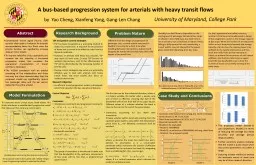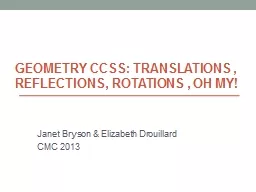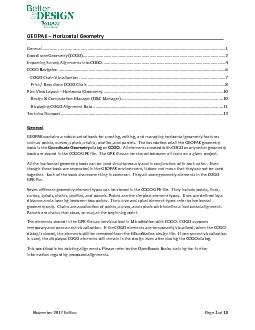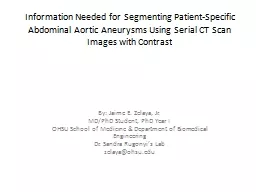PPT-Geometry information from
Author : cheryl-pisano | Published Date : 2019-11-08
Geometry information from Liufang Ave North in Beijing Green phase s 9977667560 Dwell time distribution N 309 N 277 N 246 Maximal bandwidth 50s Models to be evaluated
Presentation Embed Code
Download Presentation
Download Presentation The PPT/PDF document "Geometry information from" is the property of its rightful owner. Permission is granted to download and print the materials on this website for personal, non-commercial use only, and to display it on your personal computer provided you do not modify the materials and that you retain all copyright notices contained in the materials. By downloading content from our website, you accept the terms of this agreement.
Geometry information from: Transcript
Download Rules Of Document
"Geometry information from"The content belongs to its owner. You may download and print it for personal use, without modification, and keep all copyright notices. By downloading, you agree to these terms.
Related Documents














